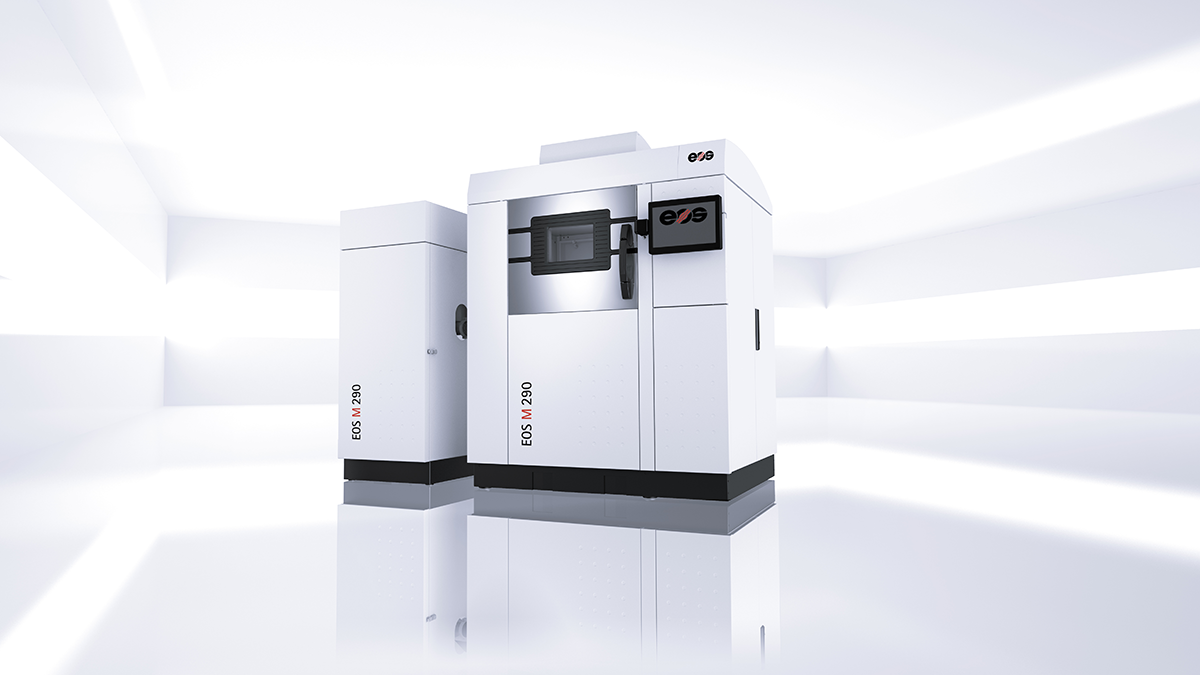Sigma Labs recently secured a $500k contract with GE to implement its quality control system in GE’s 3D printing process. As qualified as 3DP is to manufacture high quality components, the aerospace industry doesn’t want to take chances and, depending on who you ask, the technology still struggles with repeatability. For GE, ensuring that every jet engine nozzle is printed perfectly is easily worth $500k. These same sorts of relationships are also occurring on the other side of the globe, as EOS, a manufacturer of industrial additive manufacturing systems, has partnered with German engine manufacturer MTU Aero Engines to co-develop quality assurance methods for the 3D printing of metal engine components.
The first technology resulting from their framework agreement is MTU’s optical tomography (OT). The technology uses not only sensors to monitor the general 3D printing system, but also relies on a camera-based system for controlling the exposure process and melting characteristics of a print, in order to maintain optimum exposure quality and coating. OT is only one fruit of the partnership between EOS and MTU, which has already been going on for some time.
EOS CMO and head of sales and marketing, Dr. Adrian Keppler, elaborates, “MTU and EOS have been working intensively for several years, and this collaboration is now about to develop into an even closer, partner-based technological cooperation, centered on their quality assurance tool. The OT solution enables us to perform an even more holistic quality control of the metal additive manufacturing process—layer by layer and part by part. A very large proportion of the quality control process that previously took place downstream can now be performed during the manufacturing process, with a considerable saving in quality assurance costs. This also allows us to satisfy a central customer requirement in the area of serial production.”
Head of production technologies at MTU, Thomas Dautl, contributes, “By employing the quality-assurance system developed by us for use in serial production, EOS is backing an industrially proven solution for its Direct Metal Laser-Sintering (DMLSTM) process. It has proven itself in practical testing and we now intend to make it available to other customers too.” MTU has been amassing experience over several years by deploying the tool on EOS systems; not only does this ensure comprehensive transparency but it also provides a quality analysis method for the entire manufacturing process and supports its full documentation. Says Dautl, “In this way, EOS and MTU are jointly furthering the qualified use of additive manufacturing in aerospace engineering while also reducing costs. The monitoring solution represents a value enhancement not only for the EOS technology but for each and every customer as well.”
With better quality assurance, 3D printing will enter into mainstream manufacturing even more quickly, bringing along with it, savings in less material waste, streamlined parts, and lightweight designs, which can ultimately lead to less carbon emissions from jet engines. So, more savings for manufacturers and their clients may benefit some, but a cleaner atmosphere benefits us all.



